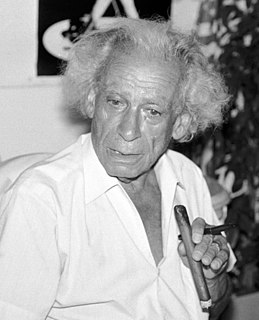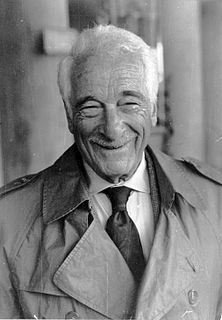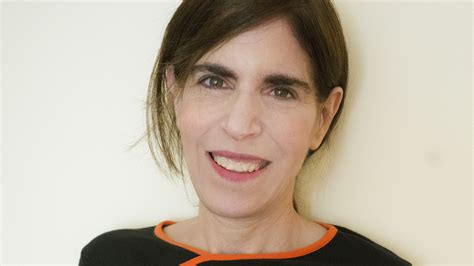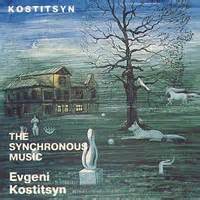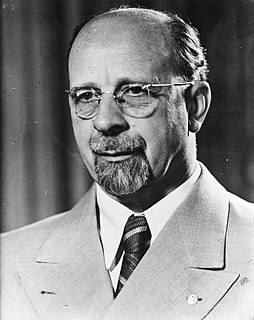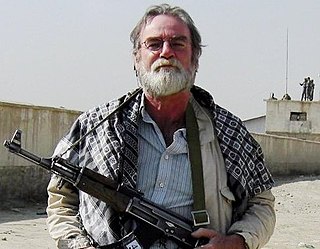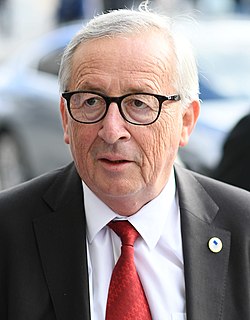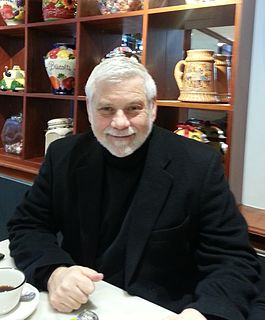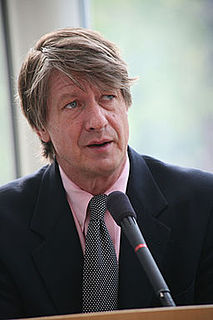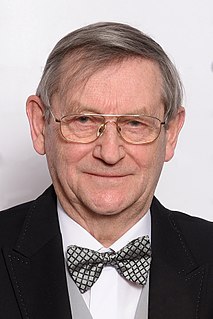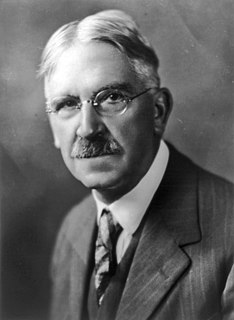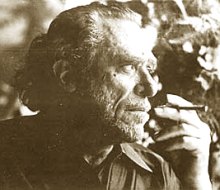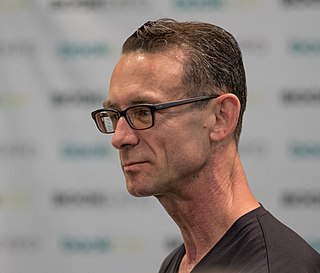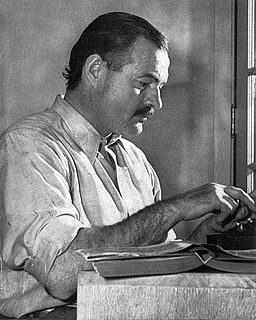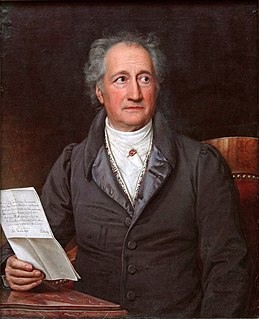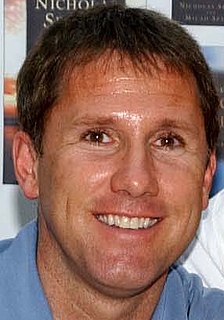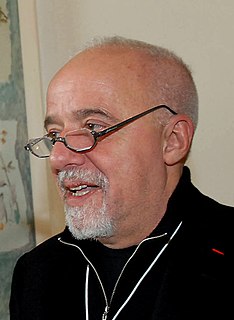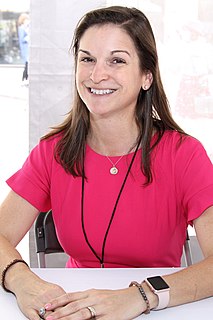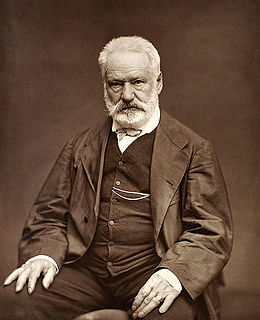A Quote by Samuel Fuller
There's a difference between a Nazi and a German.
Quote Topics
Related Quotes
The difference between the Parthenon and the World Trade Center, between a French wine glass and a German beer mug, between Bach and John Philip Sousa, between Sophocles and Shakespeare, between a bicycle and a horse, though explicable by historical moment, necessity, and destiny, is before all a difference of imagination.
Mothers know the difference between a broth and a consommé. And the difference between damask and chintz. And the difference between vinyl and Naugahyde. And the difference between a house and a home. And the difference between a romantic and a stalker. And the difference between a rock and a hard place.
Susannah Heschel's The Aryan Jesus is a brilliant and erudite investigation of the convergence between major trends in German Protestantism and Nazi racial anti-Semitism. By concentrating on the history of the Institute for the Study and Eradication of Jewish Influence on German Religious Life, Heschel describes in forceful detail the Nazification of all aspects of Protestant theology, including the Aryanization of Jesus himself. This is a highly original and important contribution to our understanding of the Third Reich.
While public school history courses in the United States stress the horrors of the German Nazi murder of 6 million Jews and Josef Stalin's pogroms against racial minorities and political dissidents in the Soviet Union, the facts that the U.S. Army's solution to the 'Indian Problem' was the prototype for the Nazi 'Final Solution' to the 'Jewish Problem' and that the North American Indian Reservation was the model for the twentieth century gulag and concentration camp, are conveniently overlooked.
